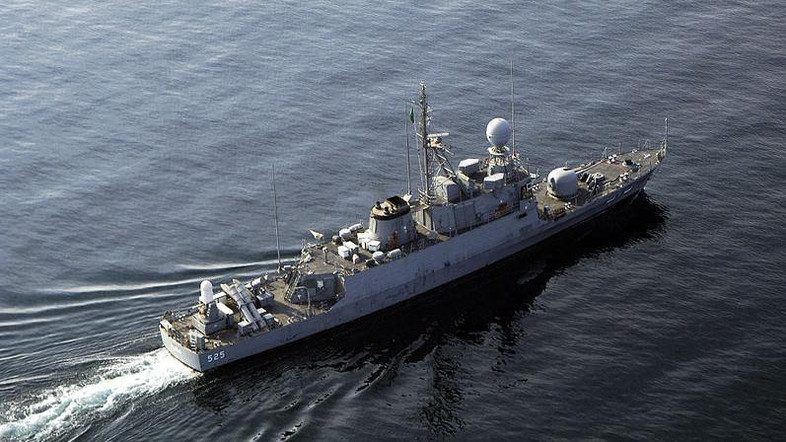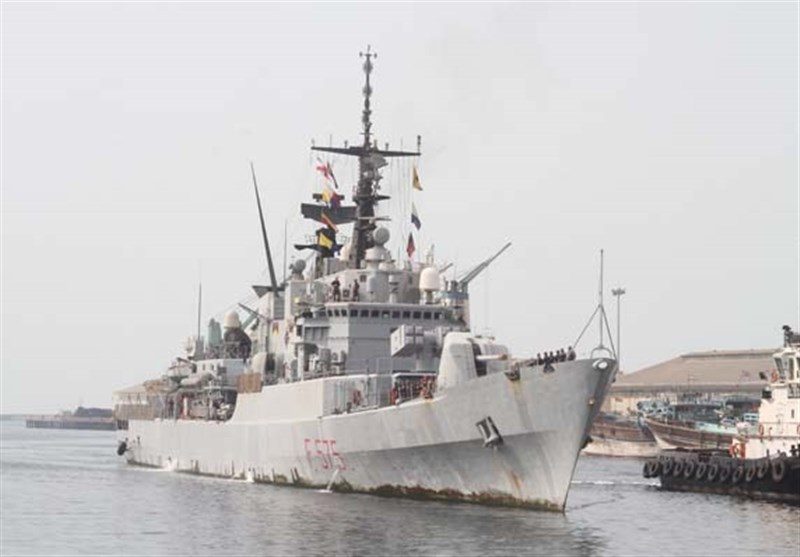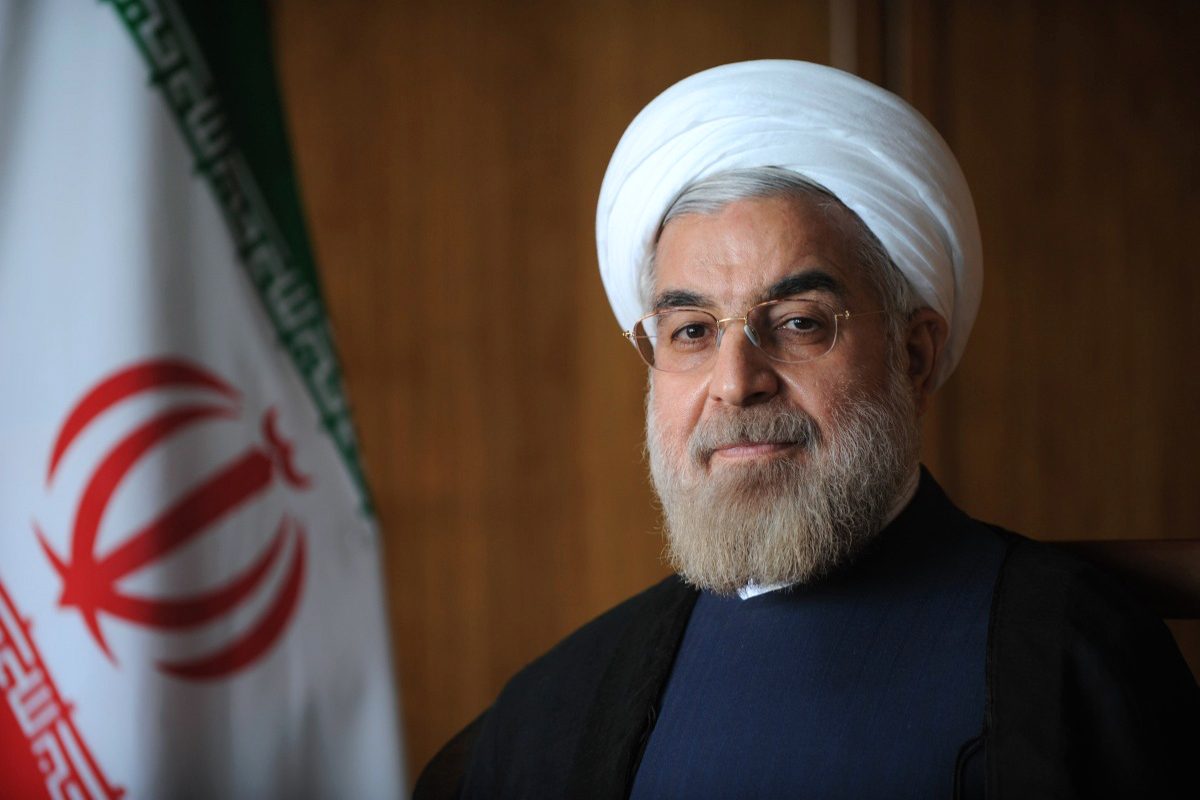
Saudi Arabia recently began its naval war games that included live fire exercises in the Arabian Gulf and Strait of Hormuz, the world’s most important oil route, while Iran warned it from breaching its regional water.
Warships, speedboats, air navy aircraft, marine corps and special security naval units were some of the artillery that were in focus during the exercises.
According to several reports, Saudi Arabia boasts the third strongest navy in the region after Turkey and Israel. Established during the 1950s, the Saudi navy was heavily involved in the second Gulf War when they were able to assist neighboring Kuwait in resisting occupying Iraqi ground forces.
In recent times, the Saudi navy has been used to protect maritime borders and key Saudi ports from Houthi militia attacks.
Its planned expansion will involve purchases of German-make submarines as the majority of its arsenal on that front were purchased from France.
However, Iran warned Saudi Arabia not to get close to Iranian waters, in a sign of heightened tensions between the two regional rivals.
Saudi Arabia’s Navy
Saudi Arabia’s naval force overtakes Iran’s by far greater numbers as its frigates cannot be monitored by radars and has appropriate defenses covers suitable air ranges. Iran’s frigates were last purchased and designed during the 1970s and are modeled after the Moudge and Alvand classes.
Saudi Arabia has three al-Riyadh-class frigates that have been modified from the French La Fayette-class frigate. They are fully loaded at a displacement of 4,725 tons, are armed with eight MBDA Exocet MM40 Block II surface-to-surface missiles (SSM), two eight-cell Sylver vertical launch systems for the Eurosam (MBDA and Thales) Aster 15 surface-to-air missile (SAM), the main gun is the Oto Melara 76 mm/62 Super Rapid while there are four 533 mm aft torpedo tubes.
Saudi patrol boats
Saudi Arabia has nine al-Sadiq-class patrol boats built in the United States (Peterson Builders, Sturgeon Bay, Wisconsin. Full load displacement of 495 tons and armed with four Harpoon SSM, one 76 mm OTO gun, one 20 mm Phalanx CIWS, two 20 mm guns, one 81 mm mortar, two 40 mm grenade launchers, two triple 12.75 inch torpedo tubes.
Iran’s Navy
Iran has two independent naval forces with parallel chains of command. The usual navy is called the Islamic Republic of Iran Navy (IRIN) while a second naval wing belong to the Revolutionary Guards (IRGCN). Both have overlapping functions and areas of responsibility, but are different in terms of how they are trained and equipped, according to RealClearWorld, a leading voice on global news and commentary.
Iran’s three destroyers are over 50 years old and are kept in material reserve at Bushehr.
Most of its Western-supplied weapons were purchased during the time of the Shah and were never upgraded. Recently, Tehran has been acquiring new weapons from Russia, China and North Korea.
Despite signing a historic nuclear deal with the United States and powerful nations in order to see sanctions lifted, Iran has made threats more recently when it showed off a parade late last month.
At the port of Bandar Abbas on the Gulf, the navy showed off 500 vessels, as well as submarines and helicopters during a parade marking its 1980 Iraq invasion.
US officials say there have been more than 30 close encounters between US and Iranian vessels in the Gulf so far this year, over twice as many as in the same period of 2015.



